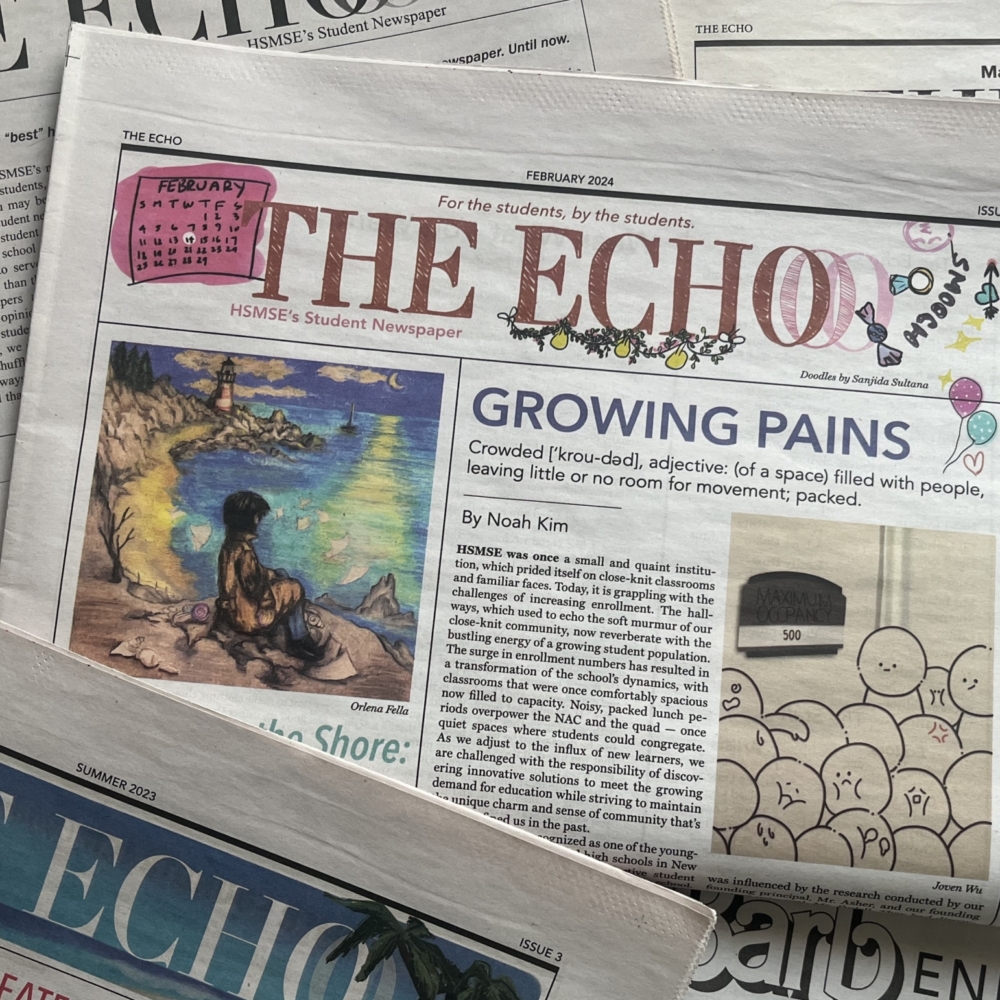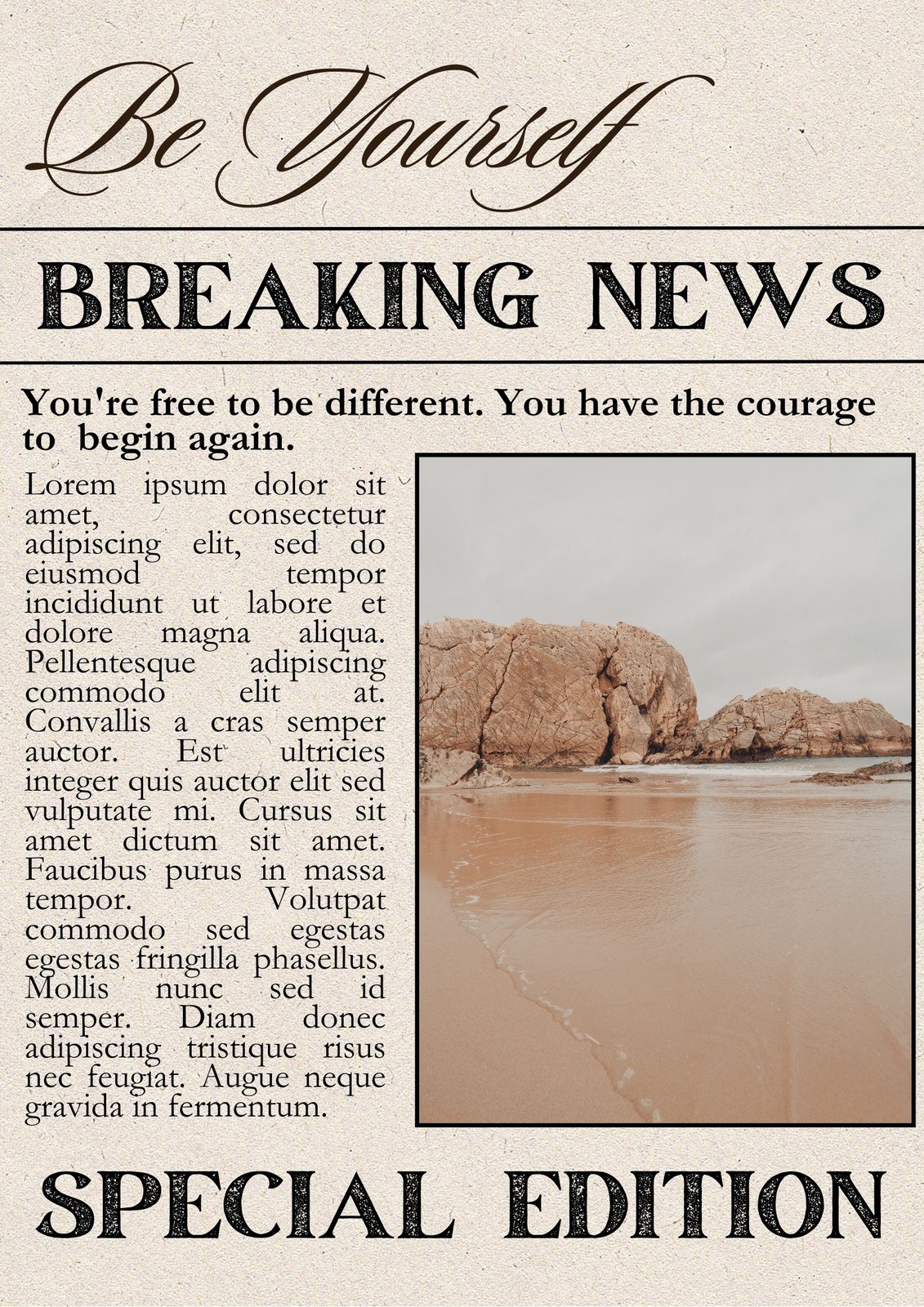Unknown Facts About News Articles
Table of ContentsNews Articles - TruthsHow News Articles can Save You Time, Stress, and Money.The Only Guide to News ArticlesThe Basic Principles Of News Articles Getting The News Articles To Work
Great understanding of different topics gives students an one-upmanship over their peers. Also though digital and social media sites are easily easily accessible, we ought to not neglect just how essential it is to review the papers. Parents should attempt and instill the behavior of checking out a paper as an everyday regimen to proceed the legacy of the adored print medium.Newspaper article likewise include at the very least among the complying with important features about the designated audience: distance, prominence, timeliness, human rate of interest, strangeness, or effect. The related term journalese is in some cases made use of, usually pejoratively, to refer to news-style writing. An additional is headlinese. Papers typically follow an expository writing style.
Within these limits, news tales also aim to be extensive. Among the bigger and much more revered papers, justness and balance is a significant element in presenting information.
Papers with a global target market, for instance, often tend to make use of an extra formal design of creating. News Articles.; common design overviews include the and the United States Information Design Book.
5 Simple Techniques For News Articles
Generally, reporters will not utilize a lengthy word when a brief one will certainly do. They utilize subject-verb-object construction and brilliant, active prose (see Grammar). They supply anecdotes, instances and metaphors, and they rarely depend on generalizations or abstract concepts. News writers attempt to avoid using the very same word greater than once in a paragraph (sometimes called an "echo" or "word mirror").
However, headings sometimes leave out the topic (e.g., "Jumps From Watercraft, Catches in Wheel") or verb (e.g., "Feline female lucky"). A subhead (additionally subhed, sub-headline, subheading, caption, deck or dek) can be either a subordinate title under the main heading, or the heading of a subsection of the short article. It is a heading that comes before the major message, or a group of paragraphs of the primary text.
Additional signboards of any of these kinds might appear later on in the short article (specifically on subsequent web pages) to attract additional analysis. Such billboards are also made use of as tips to the write-up in various other sections of the magazine or site, or as promotions for the piece in other magazine or sites. Common image source structure with title, lead paragraph (summary in bold), various other paragraphs (details) and call details.

Example of a hard-lead paragraph NASA is suggesting another area project. The firm's budget request, announced today, included a strategy to send an additional objective to the Moon. This time the firm intends to develop a long-lasting facility as a jumping-off factor for other area experiences. The spending plan demands approximately $10 billion for the task.
The NASA news came as the agency requested $10 billion of appropriations for the task. An "off-lead" is the 2nd most vital front web page information of the day. The off-lead shows up either in the leading left edge, or directly listed below the lead on the. To "hide the lead" is to start the article with history details or details of secondary significance to the visitors, forcing them to learn more deeply into a short article than they must need to in order to uncover the essential points.
Examine This Report about News Articles
Common usage is that or 2 sentences each create their very own paragraph. Reporters generally define the company or structure of an information story as an inverted pyramid. The vital and most fascinating aspects of a story are put at the start, with sustaining information following in order of diminishing significance.
It enables individuals to explore a topic to just the deepness that their curiosity takes them, and without the charge of information or nuances that they might consider unimportant, however still making that information readily available to extra interested readers. The upside down pyramid structure also allows articles to be cut to any type original site of approximate size during layout, to suit the room available.
Some writers start their tales with the "1-2-3 lead", yet there are lots of kinds of lead available. A twist can refer to multiple points: The last tale in the information program; a "pleased" story to end the show.
Longer posts, such as publication cover short articles and the pieces that lead the within sections of a newspaper, are find out known as. Feature tales vary from straight information in several ways.
The Definitive Guide to News Articles
The journalist usually information communications with meeting subjects, making the item much more individual. A feature's very first paragraphs frequently relate an intriguing moment or event, as in an "unscientific lead". From the details of an individual or episode, its view swiftly widens to abstract principles about the tale's topic. The area that indicates what a function has to do with is called the or signboard.

The Editor's Tool kit: A Recommendation Guide for Beginners and Professionals (2001) Allan M. Siegal and William G. Connolly. The New York Times Handbook of Style and Use: The Official Design Overview Utilized by the Writers and Editors of the World's Most Reliable Paper (2002) M. L. Stein, Susan Paterno, and R.